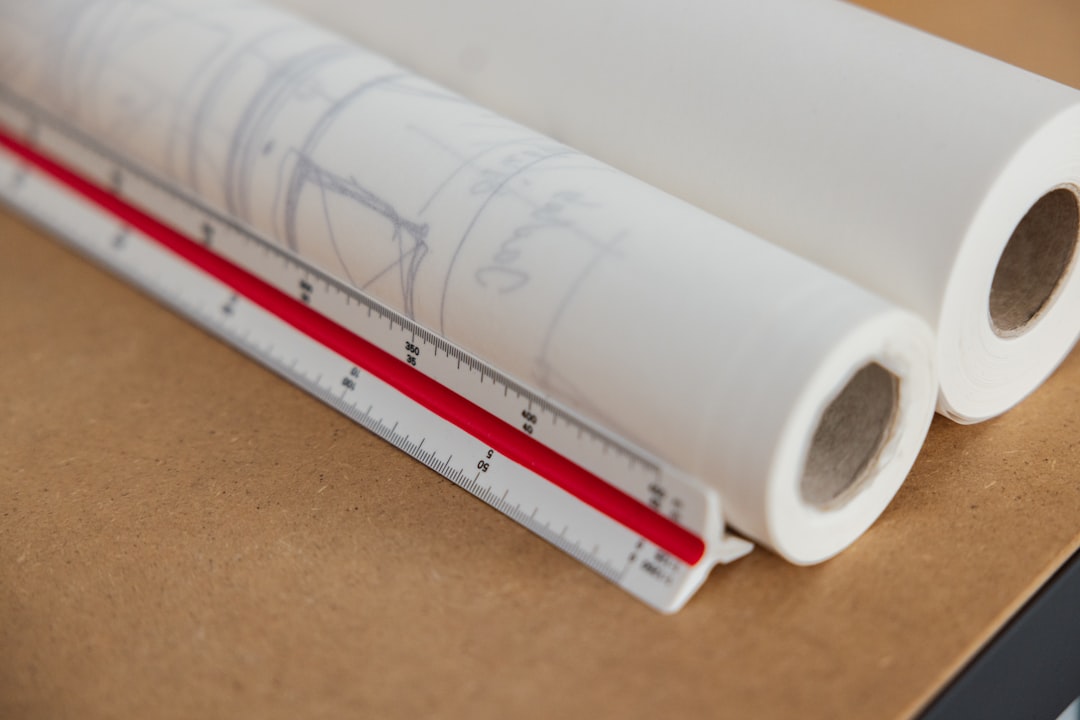
For construction professionals in the Boston area, understanding the cost of Styrofoam insulation is crucial for accurate project budgeting. The typical installed cost ranges from $1.15 to $2.75 per square foot, with material costs between $0.45 and $1.60, and labor costs from $0.60 to $1.15. These figures are influenced by various factors, which we will explore to help you make informed decisions.
• Expanded polystyrene (EPS) is cost-effective but offers a lower R-value.
• Extruded polystyrene (XPS) is more expensive but provides better strength and moisture resistance.
• Higher R-values require thicker boards, increasing costs.
• Thicknesses range from 1" to 4", with each additional inch adding 25-30% to the cost.
• Buying in bulk reduces cost per square foot.
• Irregular shapes may increase coverage needs by 5-10%.
Boston's labor rates are above average. Using up-to-date data ensures accurate estimates.
• High humidity areas may need vapor barriers, increasing costs.
• Historic homes may require additional adjustments.
• Limited access can raise disposal and staging fees.
• Combine insulation with other projects to share costs.
• Order in bulk to benefit from discounts.
• Schedule during off-peak seasons to reduce labor costs.
• Use EPS in non-load-bearing areas and XPS for below-grade walls.
• Leverage energy rebates for additional savings.
1. Use the CountBricks app to upload plans.
2. Input specifications using voice commands.
3. Receive a detailed estimate with live pricing and labor costs.
4. Approve items to generate a proposal or request a crew referral.
For more information, visit CountBricks.

The Rodriguez family faced high energy bills in their 1908 triple-decker. CountBricks provided a solution with 3,200 sq ft of 2-inch XPS for walls and 800 sq ft of 1-inch EPS for the attic.
• Material cost: $4,980 with bundle pricing.
• Labor cost: $3,450 with off-season discounts.
• Annual savings: $1,125 verified by energy modeling.
1. Permit drawings approved in two days.
2. Installation completed in three days.
3. 38% reduction in air leakage.
4. February gas bill reduced from $420 to $260.
• Bundle projects for discounts.
• Schedule during off-peak times.
• Use real-time pricing to avoid cost spikes.
Explore more success stories at CountBricks.